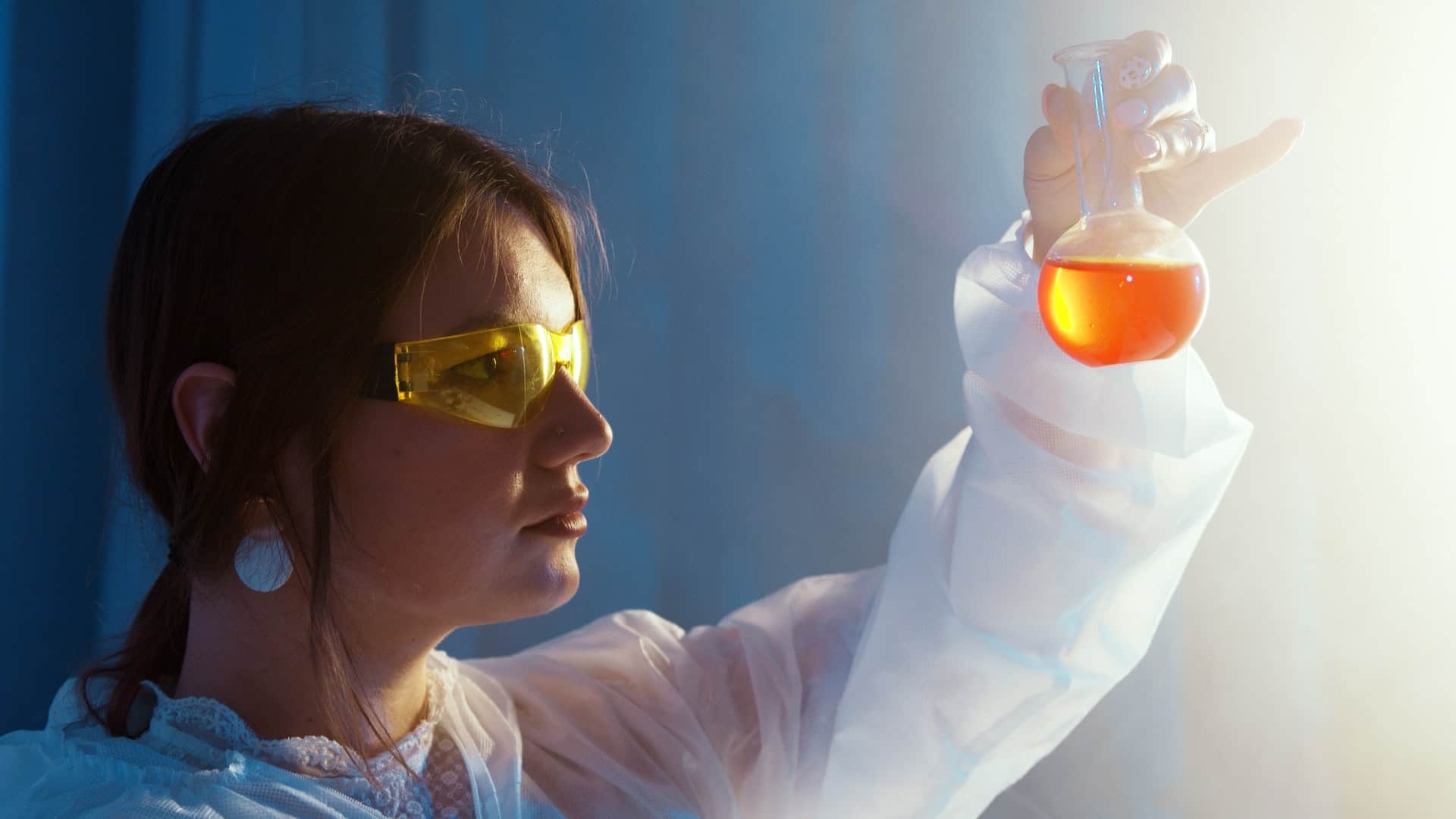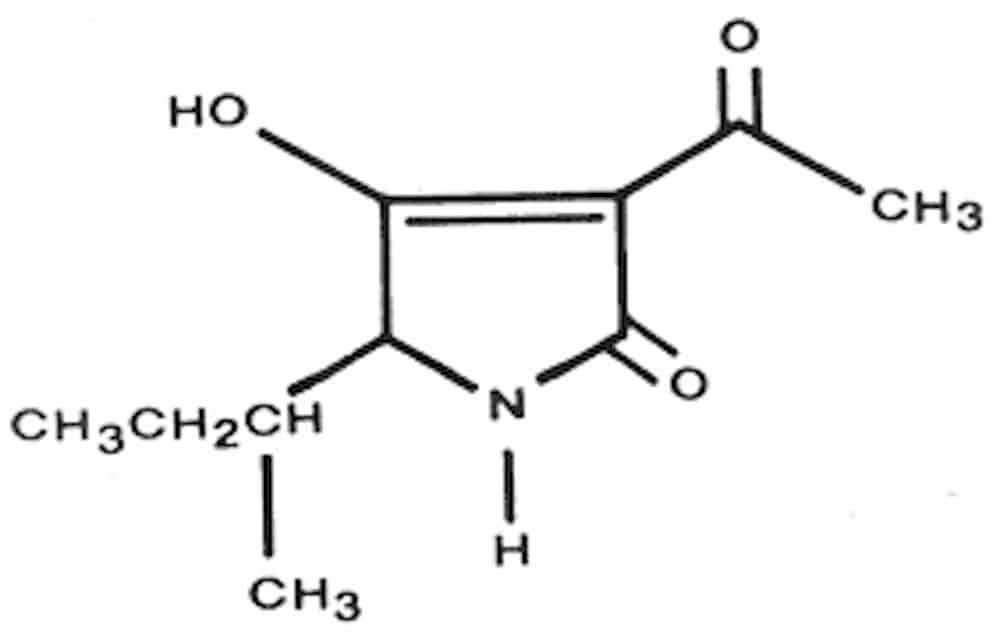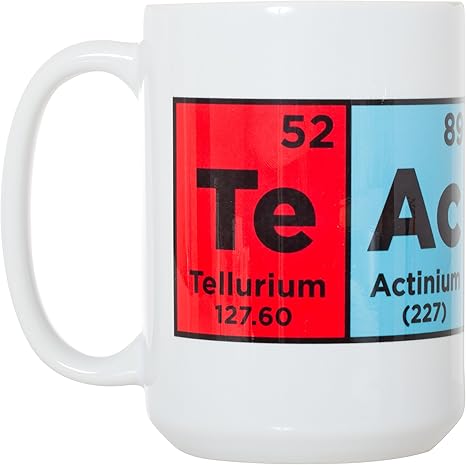I never thought of a chemical reaction in my teacup. Until one morning I was sipping away and realized there was a thin film over my tea. What happened? Something was not converting well. But what was it? My teacup was having a reaction. A chemical reaction that had me digging deeper into tea chemistry. I am not a tea chemist but I sure appreciate them more now than ever.

Why did my tea develop a film in the cup?
I am staying with my daughter for a bit until I find my new home. I woke up today and made a cup of my favorite tea. As I took a sip I looked down and noticed a film over my tea. Ewww, I thought and decided to look it up.
What I realized was my tea was having a chemical reaction. A chemical reaction to what? It took a minute (it was early) and I realized what was going on. Adding hot water to a cup, through a metal infuser filled with tea, is indeed a chemical reaction. But what was making my tea look gross? What was my chemical reaction?
After a few experiments, I have concluded that it’s indeed the spring water I was using. This came through a multitude of tests with cups, infusers, and water. Once the water changed, the film was forever gone.
I started to think about the chemistry of tea. I thought it may be an interesting article to write for those of us who dig deeper into the science behind our cup of tea.
While no chemicals are changing any molecular structure during the making of a cup of tea. While the world of science calls the boiling of water and the making of tea a physical change, not a chemical one.
Reeho 32 oz Glass Tea Tumbler with StrainerWhat is the chemical reaction in tea?

What is the most active ingredient in tea?
If you guessed caffeine then you are correct. It may not be the most active, but it is the best known. Did you think about caffeine being a chemical active in tea?
Caffeine is a stimulant that can be found in other drinks. Fortunately, for us, tea drinkers the caffeine rush as well as drop is not as intense as in the other drinks. Caffeine also leads us down the path to even more chemistry and an amino acid called L-theanine.
The caffeine content in a cup of tea ranges from 20-70mgs. This is from 2.5 grams of tea. Of course, this changes according to your brewing of the tea: light or dark.
More chemistry of tea
There’s a lot happening in your cup of tea. How you brew, what you are brewing, and how long you are brewing your tea all come into play. The chemistry of tea is something that goes way beyond the basic chemical compound of tea. There is a depth that goes beyond the bottom of our teacup.
There are a few things we know for sure about tea. It’s beneficial, it’s refreshing and it’s a healthy drink. Sure, we can pollute it with things we add to our cup. But for the chemistry of tea, let’s talk about tea with no additions to the cup. It’s full of healthy benefits for us.
The main players in your teacup are:
Theobromine – A stimulant that can stimulate the heart. Theobromine has a mild diuretic effect as well. It improves the blood flow around the body and helps to reduce blood pressure. The amount of theobromine in time is small and the effects on the body will be slight.
Theophylline – Like theobromine. Theophylline relaxes and soothes muscles in the airway making it easier to breathe. Theophylline also stimulates the rate and force of heart contractions.
L-theanine – is unique to tea and is about 1% of the tea’s weight. Part of the caffeine effect of tea. L- theanine is responsible for the ups and downs of caffeine. The excitement and the calming in one cup.
Polyphenols – are also considered the tannins of tea. The largest group in your cup. Polyphenols make up about 30% of the dry weight in tea leaves. Polyphenols will give your tea that dry mouthfeel. It will also provide some of the color and flavor. Polyphenols are converted into theaflavins and thearubigins.
Flavonoids – Flavonoids are a group of polyphenols that contain two important factors to your tea: taste and color. Those being theaflavins and thearubigins. These form during the brewing of your tea. There are other flavonoids in tea: flavones and anthocyanins are two to mention here.
The first chemical process
Besides the actual process of the creation of tea. The first process that happens to tea is the fermentation process.
Tea leaves remain stable or consistent as long as they are still living on the vine. The process once they are picked for processing. It’s during the process of oxidation or fermentation that the leaves start to change. Not all leaves will change in the exact same way. The tea chemist’s job is to produce a great variety of teas from the same plant. They do this by the fermentation process and oxidation of the leaves.
The amount of fermentation controls the process of tea making. Green tea is the least processed.
Once the tea leaves are picked, the process starts. Tea leaf processing can be from the whole leaf to the tea leaf chopped up into tiny pieces.
The process has begun.
The leaves are dried and this part of the process is either controlled a lot or a little. How much you wither and dry a leaf creates the look, scent, taste, and flavor of the tea leaf.
Some leaves are heated to increase the fermentation process. Some are smoked to give the tea a smoky, rich, deep scent and flavor.
While this does not create a chemical change in the tea. It is the first process our tea goes through. It depends on this process to create the tea that will change in our cup.
Green, white and yellow teas are produced the least. They are subjected to very little oxidation and heat. When brewed these teas will give off a fresh, grassy taste and a lighter brew. The flavor will be mild.
Compared to that of
You can see the difficulty tea chemists can have trying to study the chemical composition of “tea”. Tea is from a singular plant. Once processed it branches off into several different directions. We’ve not even discussed the adding of fruits, herbs, or spices to the mix.
The chemistry of tea in your cup
Tea is one of the purest foods that pass our lips – Nigel Melican, managing director of Teacraft.
The process of adding boiling water to your tea leaves begins with a chemical process. To us, it’s brewing or steeping our tea.
The main difference between the types of teas is the way they are prepared and fermented.
We look at it as the water allows the tea leaves to open up and release the flavor and color of the tea into our cups. Then we enjoy ourselves.
The color of the tea is a fundamental part of the chemistry change of the tea. The water is infused with color. The color depends on the fermentation or lack thereof.
Molecules like chlorophyll, phenolic, and carotenoids are released from the tea leaves when the water is added. The amount of each molecule depends again on the process of the leaves prior to brewing.
Adding hot water to your tea allows changes in the chemical composition. Caffeine is extracted first, and the phenolic follows. Higher the temperature the more bitter the tea. Lower that temperature and your tea becomes less bitter and milder.
The beneficial antioxidants of tea vary according to tea types
New studies have found that the beneficial antioxidant properties of teas varied according to tea type. Black teas had a higher content of antioxidants brewed at a higher temp for a shorter period of time. White teas had a higher content of antioxidants brewed for a longer period of time.
It’s important to note the brewing temperatures and times suggest for tea types. It matters to get the benefits of each cup.
Conclusion
Tea under the microscope is not a widely researched topic. Yet, green tea has been under the microscope more than any other.





